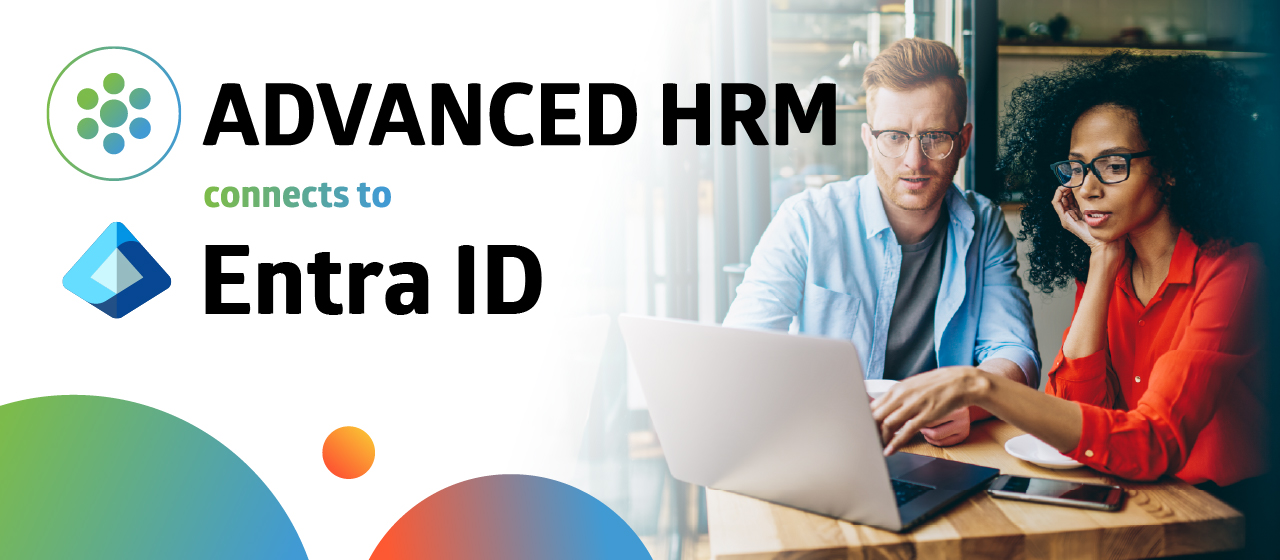There is, nowadays, a ton of terms for all kinds of technological or digital applications. You can easily lose track and get confused about what they all are. Moreover, due to the fast technological advancements we’ve been seeing, especially in this Microsoft world, it also means that there will be more new terms in the future.
To help clarify some of these terms, this article goal is simple. We will explain what Web Apps and Power Apps are and what the difference is between them.

What is a Web App?
Let us start by explaining, one by one, what the designations mean.
A Web App is an out of the box application that we build specifically for company needs. It is accessible using any website browser, and the programs are created using languages like HTML, CSS and JavaScript.
In general terms, a Web Application can actually be anything built for interaction on the web. Or another word for it could be ‘Interactive website’. Something like Facebook technically is one, as opposed to it just being a website (which contains just static content). If we’re talking business applications, these programs used to be local (Microsoft AX 2012 for example) on a machine. But, since the age of cloud computing, many have been transformed into web applications, with the main advantage of not having to install an application; the only requirement is a user account. In addition, cross-platform compatibility is another major upside.
The FourVision Web Apps, such as Timesheet, integrate into a company’s Microsoft Dynamics 365 environment and work seamlessly to add functionality to that environment.
Also, many of our Web App’s functionalities are challenging to standardize on a large scale. In other words: every company has different standard processes, making it hard to standardize; which ultimately translates to complex software. That’s why the out-of-the-box Microsoft solution is not enough, sometimes.
So, partners like us come in to fill the gaps the Microsoft tools might have. This way, organizations benefit from additional features and a more comprehensive range of capabilities to support and automate HR processes.
We host our Web Apps in the cloud and we update them with the Microsoft Dynamics update.
Web Apps main features:
- Cloud-hosted and highly scalable
- Easily integrated and works seamlessly with Microsoft Dynamics and our other Web App solutions
- Highly customizable
What is a Power App?
A Power App is a type of business application and, as we call them, a low-code / no-code program introduced by Microsoft not long ago (April 2016).
Power Apps is a suite of apps, services, and connectors, as well as a data platform, that provides a rapid development environment to build custom apps for your business needs. Using Power Apps, you can quickly build custom business apps that connect to your data stored either in the underlying data platform (Microsoft Dataverse) or in various online and on-premises data sources (such as SharePoint, Microsoft 365, Dynamics 365, SQL Server, and so on). – source: Microsoft Docs
This means that, with them, developers and even consultants can add items and functionalities to products quicker. A Power App sets itself apart from other programs for allowing non-technical people such as consultants to use the program without learning any coding language. Users will need to have some technical understanding and training to work with the Power App tools, but it’s way more user-friendly.
In brief, Power Apps allow people in a organization to build their apps quicker and add more powerful features such as AI to their existing products.
Power Apps main features:
- Close integration with Dynamics and other 365 tools
- A user-friendly drag-and-drop interface for specific creations
- Good support from the community and easy to maintain
What is the difference between them?
So, now we know what they are. Let us see why they differ from each other.
As we know now, a Web App is an out-of-the-box application that works seamlessly with the Microsoft Dynamics 365 environment and adds functionalities to it. A Power App is software from Microsoft that lets you build custom business applications without having a solid knowledge about development or coding.
Rather than differ, they complement each other. Power Apps are mainly used to ‘complete’ out-of-the-box functionalities from Dynamics 365 and rather limited. But the customization power that they provide, allow us to adjust forms, add additional fields and modify workflows in our Web Apps without any coding.
The installation process of a Power App is also more accessible. They’re part of the Microsoft Power Platform that provides a mature set of automation tools for installing and updating apps and extensions for Dynamics 365 and the Power Platform.
Although they can still share Dataverse data, unlike the Power Apps, the Web Apps have to be deployed on a different environment such as Microsoft Azure. Then, we need some implementation work is to enable a communication and data flow between Web Apps and Dynamics 365 / Power Platforms.
To summarize, while having different purposes, Web Apps and Power Apps complement each other. The Power Apps’ integration with Dynamics 365 is more out of the box. And we certainly take advantage of that to get more and better functionalities for you in our Web Apps.




